

um, so ‘The Hub’ is the short name, the “Public Outdoor Standing Work Station etc” is the long-ish description. I’ve still got to come up with a way to succinctly describe this project. So, basically, the concept revolves around being able to take a break from sitting at your office desk to do some work outside or conduct a work meeting in the fresh outdoors. As a temporary alternative to sedentary desk work, The Hub (as I’m calling it) gives some consideration to the laptop – offering an electrical outlet and adjustable umbrella to mask ambient light.

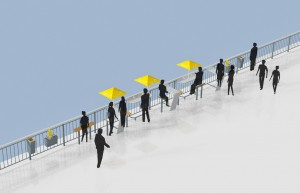

Also central to the concept is the idea of ‘standing’ while working – so the table top ledges and leaning seats support standing and leaning positions that, again, make this an alternative to sitting at the desk.


The final, and probably most important component, is the context – an intervention to the typical hand-railing. I’ve imagined that The Hub could be implemented along important urban edges, like urban rivers, waterfronts, roof-top gardens, park-edges, etc – basically anywhere a handrail is already located (which is in incredible lot when you begin to look…)

The handrail became the focus of intervention for a few reasons: 1) they support standing/leaning ergonomic positions, 2) they are often located at populated urban interfaces, and 3) they can be found everywhere but mostly only in a 1-dimensional state, meaning they are fitting piece of urban infrastructure that could use some added-value.
This work was completed as part of my masters thesis dealing with industrial design for public, and was actually inspired quite specifically by ethnographic research I was conducting in public spaces where I had observed a number of times white collar workers formally meeting in these public ‘neutral zones’ and having haphazard meetings while standing (sometimes around a tall planter or something similar) as if sitting down was too informal, too permanent, or too dirty, or all of the above. I had originally submitted the work to the Seoul International Design Competition, but just recently discovered that it was not short-listed, thus time to post it on the ol’ blog. So I guess the big lesson for me here is about ‘salience;’ No matter how revolutionary or thoughtful the idea is, if it’s not clear and intuitive, it’s not going to get sold. And this is the game that designers have to play – sitting on the edge of new vs. accepted, hoping that the imagination can materialize.


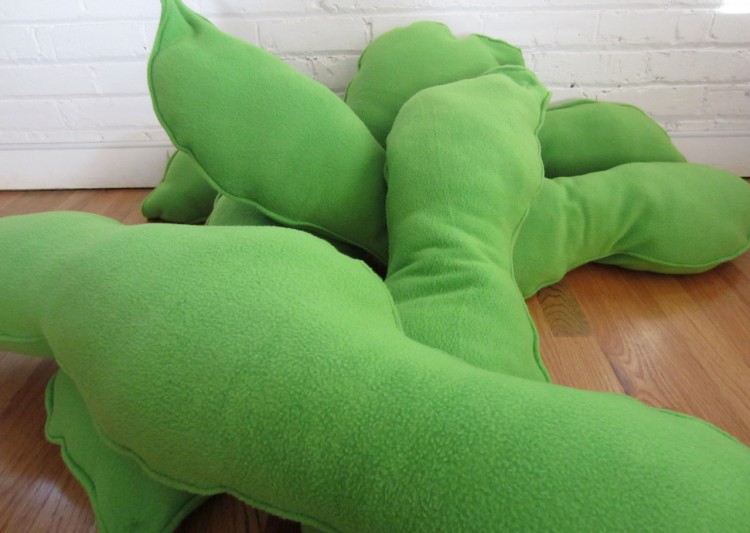



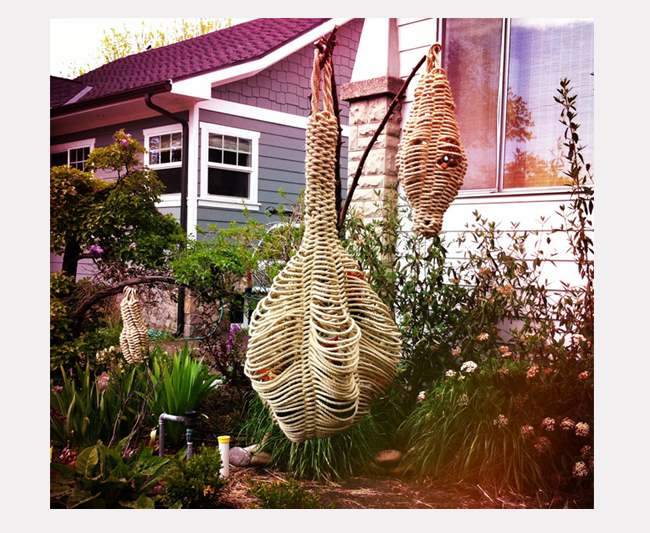

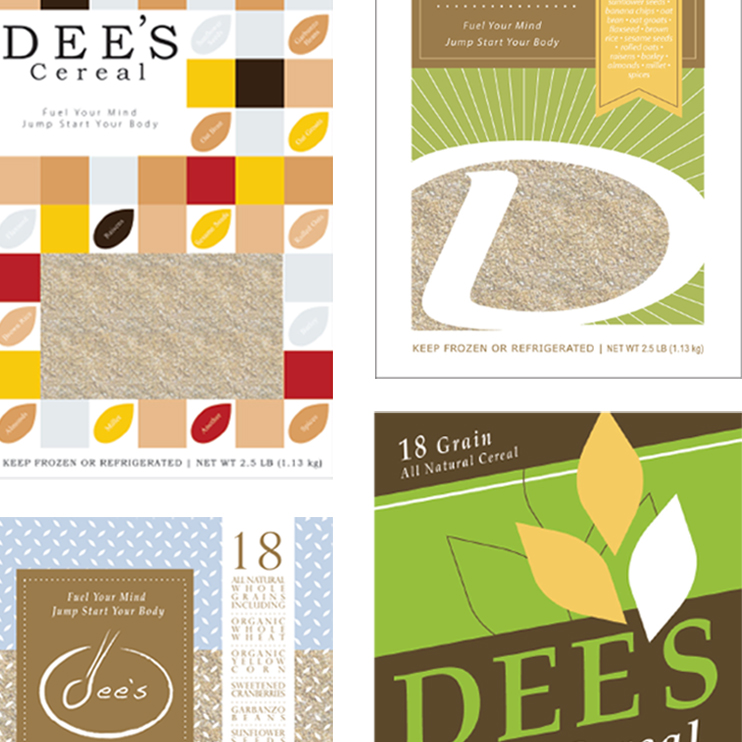


 Project: 2059 pebbles and twigs
Project: 2059 pebbles and twigs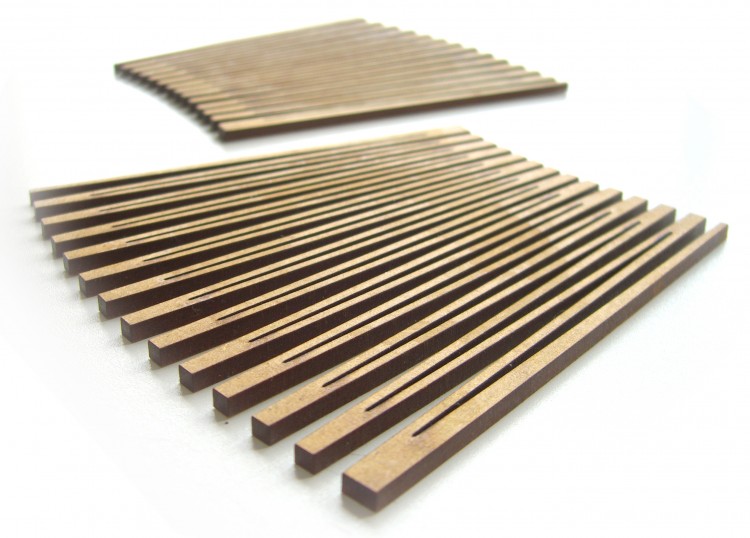
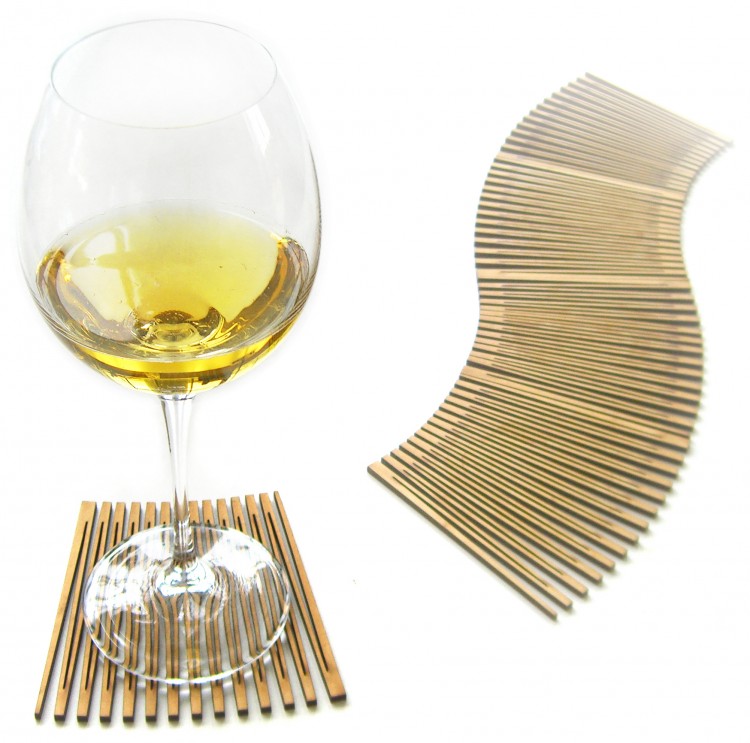









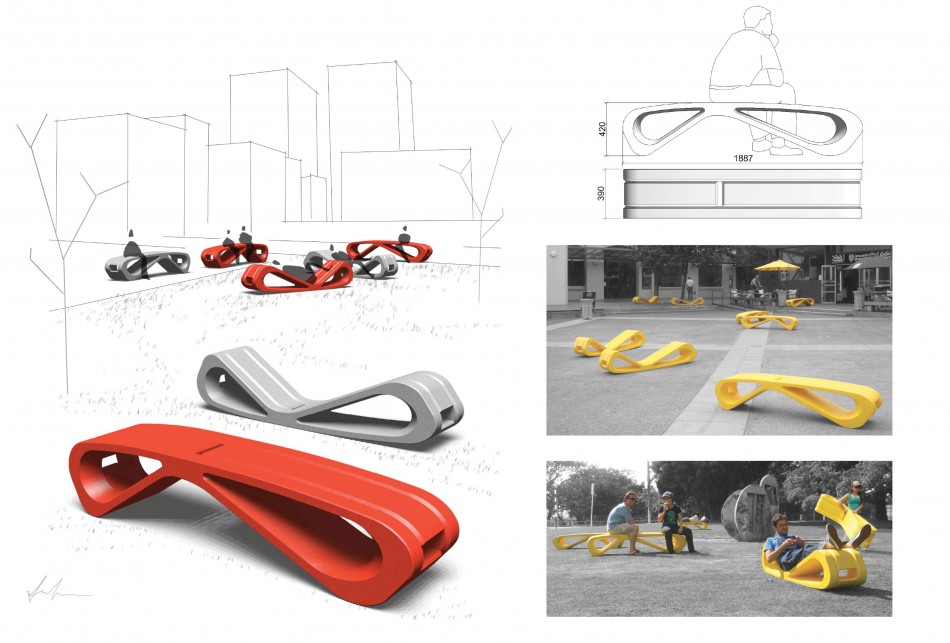
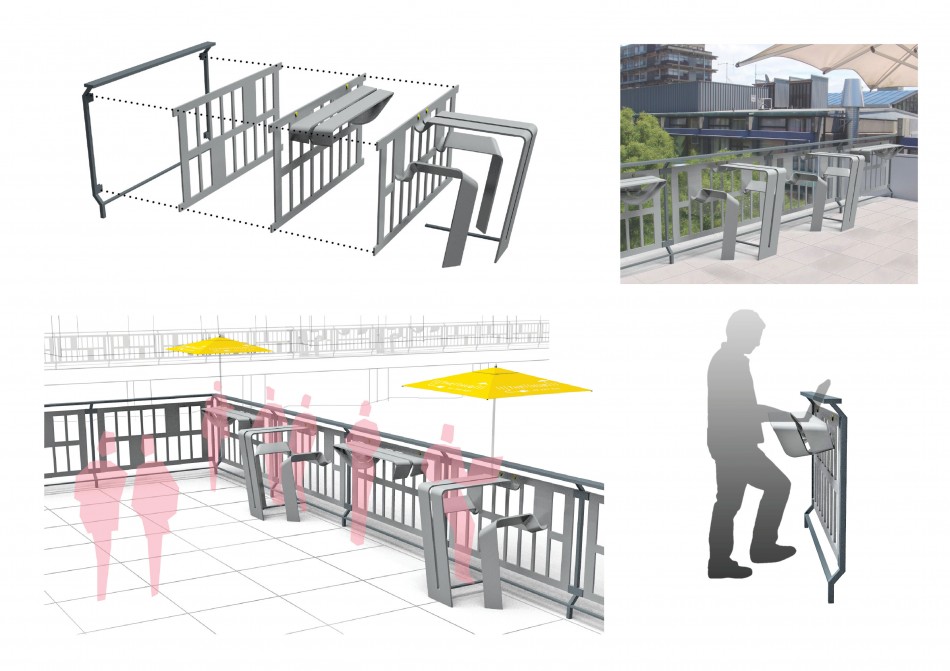 The Hub on the Harbour is a street furniture collection created in response to the sedentary lifestyle that most office workers endure. This collection provides highly functional work stations along public outdoor spaces that temporarily alleviate the routine of a typical office day. The core of this street furniture concept is based on supporting varied upright ergonomic positions for brief work encounters and activity in the outdoors. The hand railing was chosen as the subject of design intervention because, not only does it support altered ergonomic standing positions, railings are also often located at the edge of urban environs where the draw to gather and enjoy a little piece of nature already exists.
The Hub on the Harbour is a street furniture collection created in response to the sedentary lifestyle that most office workers endure. This collection provides highly functional work stations along public outdoor spaces that temporarily alleviate the routine of a typical office day. The core of this street furniture concept is based on supporting varied upright ergonomic positions for brief work encounters and activity in the outdoors. The hand railing was chosen as the subject of design intervention because, not only does it support altered ergonomic standing positions, railings are also often located at the edge of urban environs where the draw to gather and enjoy a little piece of nature already exists.
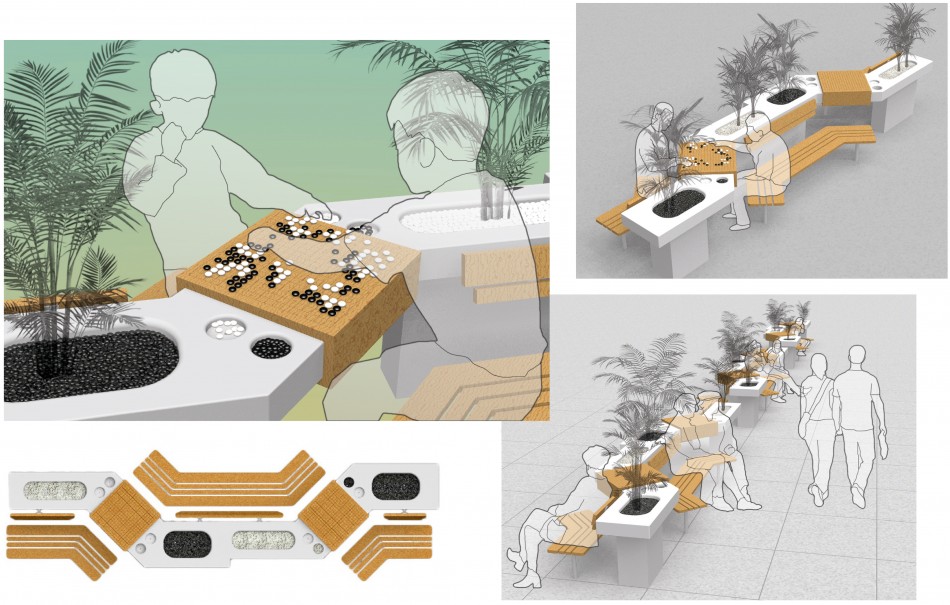


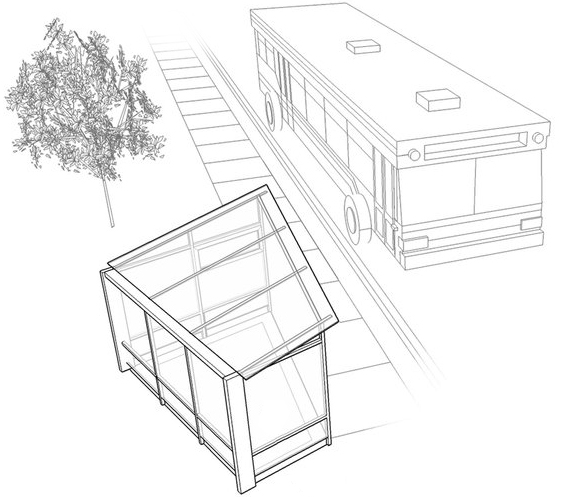
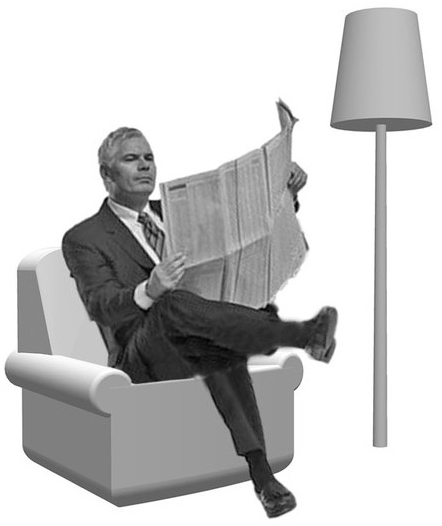 Project: *WINNING ENTRY*
Project: *WINNING ENTRY*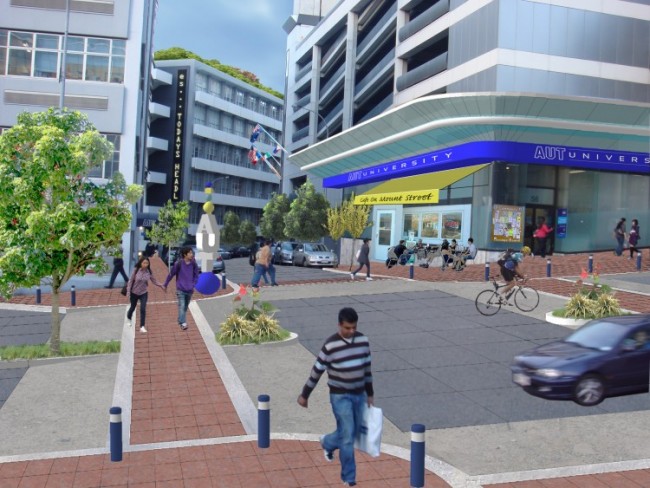
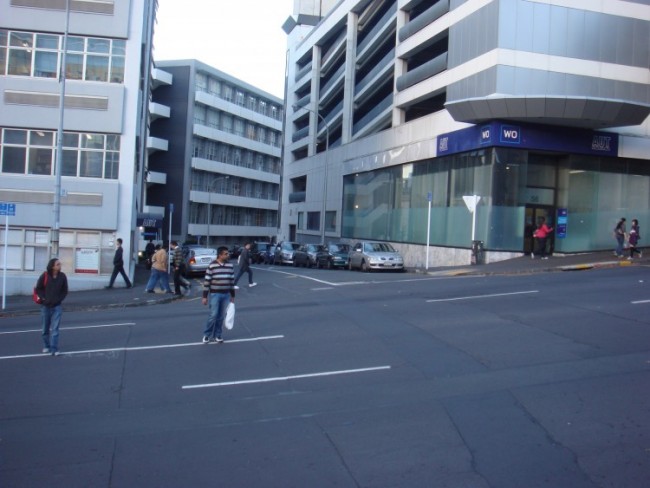
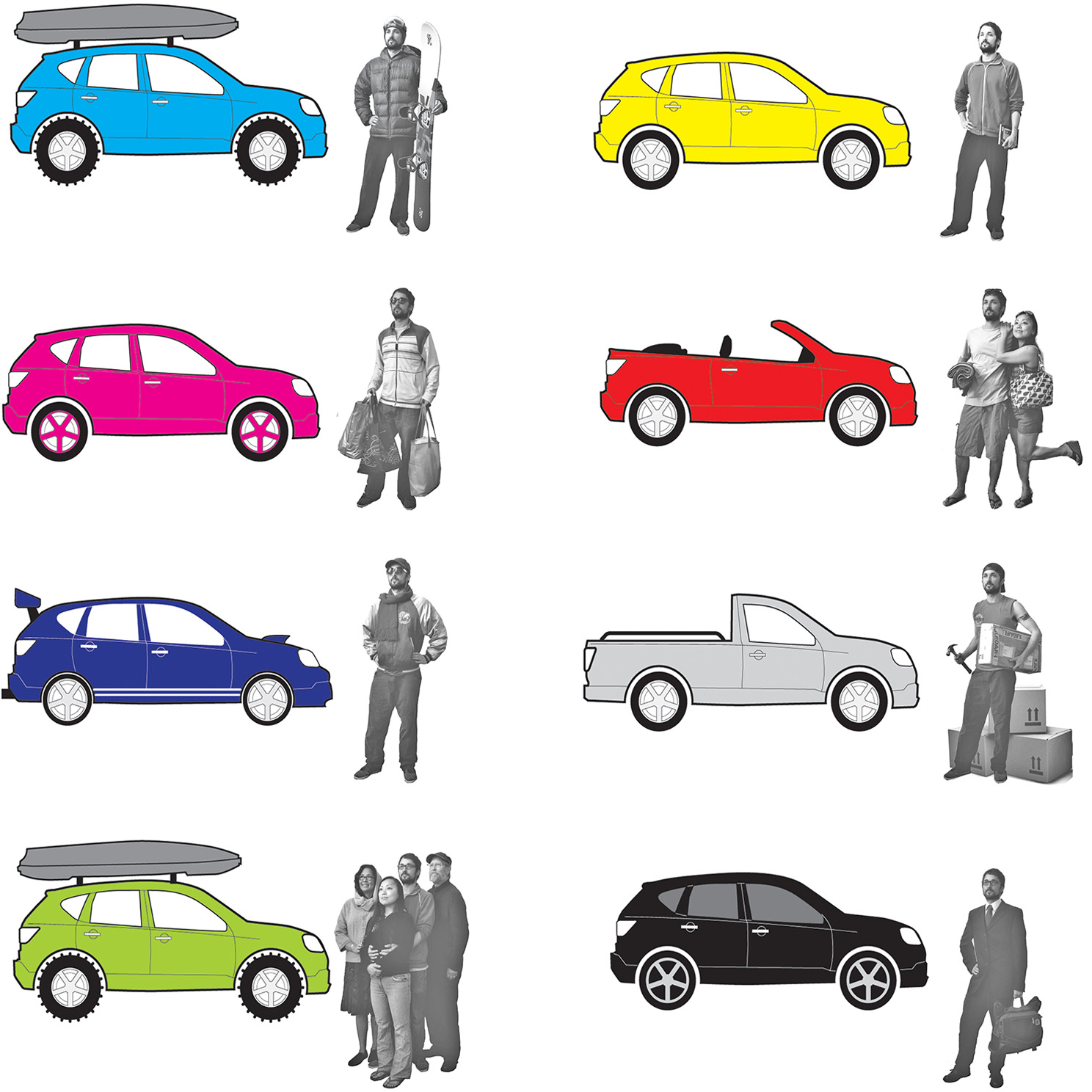
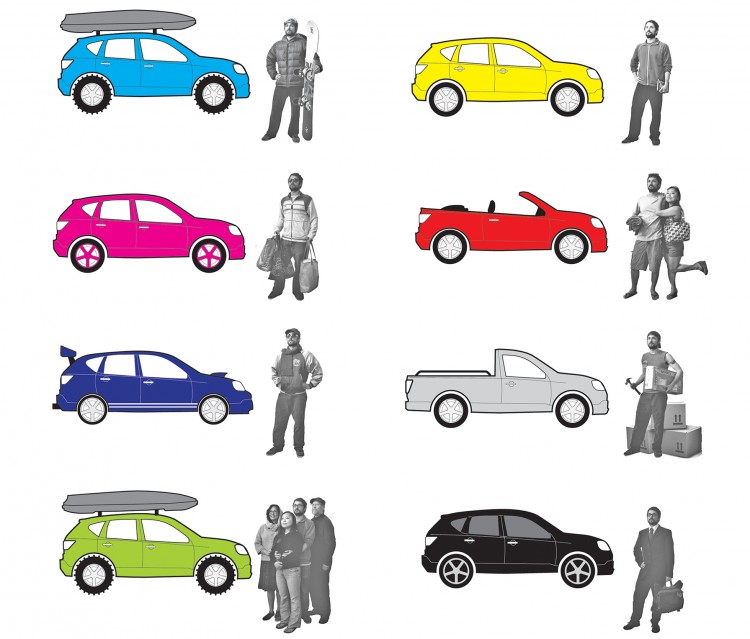
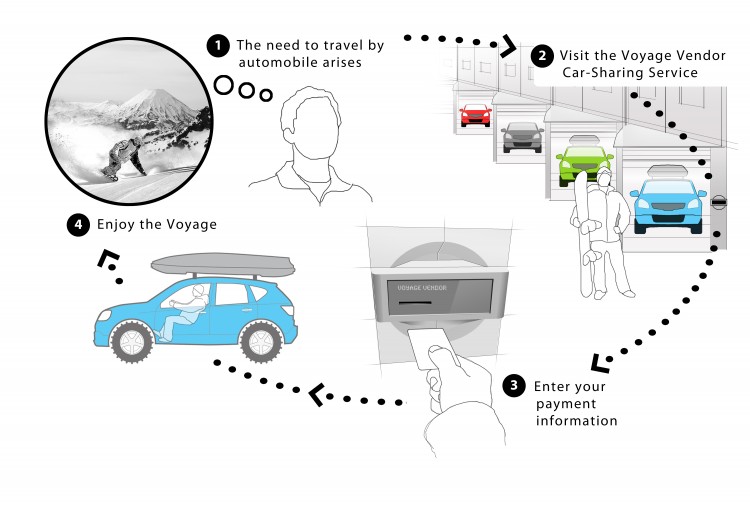
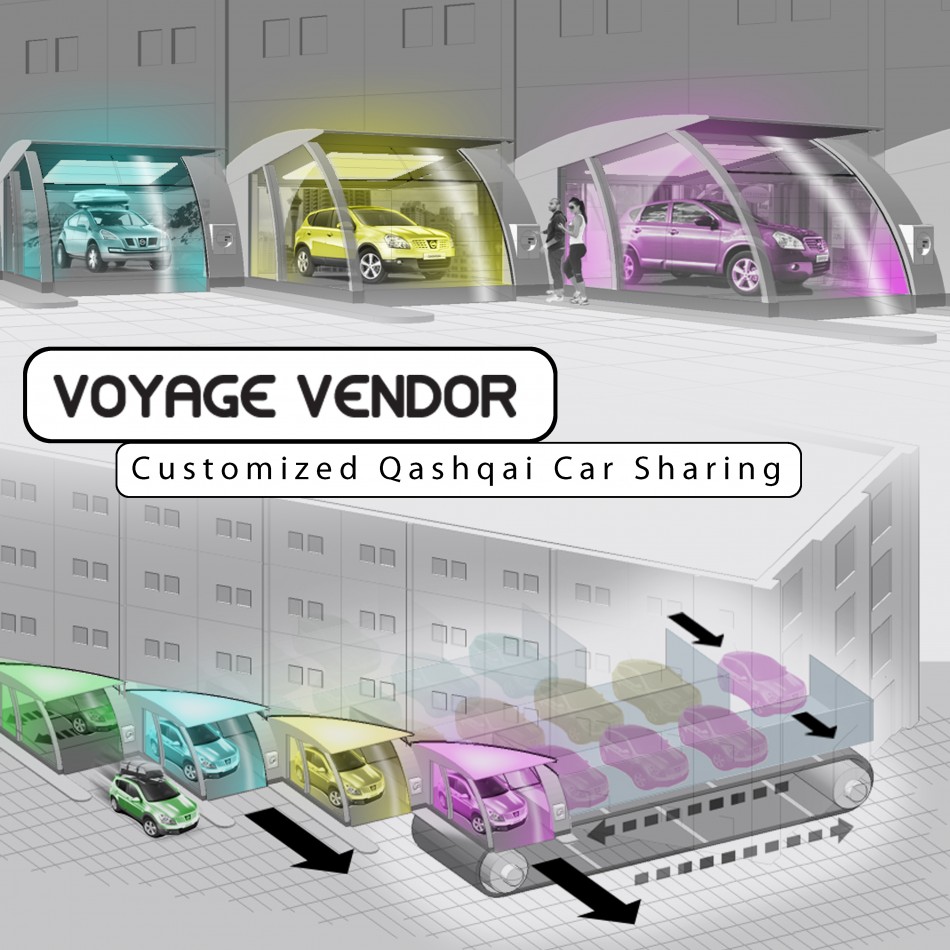 PROJECT: Car Sharing Service Concept for Nissan and Designboom’s “Think Outside the Parking Box” Competition
PROJECT: Car Sharing Service Concept for Nissan and Designboom’s “Think Outside the Parking Box” Competition